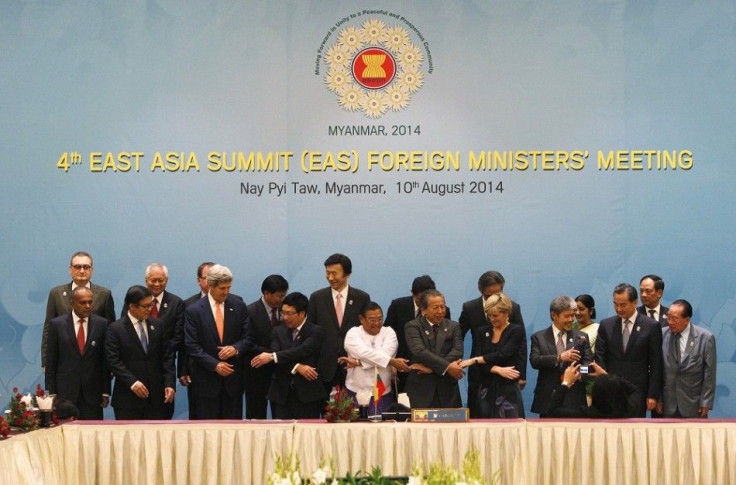3 Key Changes The Real Estate Industry Is Expecting With ASEAN Integration In 2015

Members of the Association of Southeast Asian Nations (ASEAN) will comprise the ASEAN Economic Community by 2015 in which it aims to act as a single market and production base.
The integration is expected to change the region's economic landscape as it become a contiguous market of more than 600 million consumers. Ahead of that event, Lamudi, a leading property Web site with focus on emerging markets and platform in 28 Asian, Middle Eastern, African and Latin American nations, has three expected changes the move would have on the real estate industry.
First, is that the AEC will lead to a stronger demand for commercial, industrial and residential space and the emergence of new growth areas. More businesses are expected to go international, requiring expansion of operations and more cross-border acquisitions of office space and industrial properties.
Filipino economist Cielito Habito identifies Iloilo, Cagayan de Oro, Angeles and San Fernando in Pampanga, and General Santos as the likely growth areas for development to catch the overflow of demand for property in Metro Manila and Cebu.
Lamudi lists seven potential hotspots in the Philippines. These are in Metro Manila; Cavite, Batangas and Laguna; Baguio City; Cebu City; Iloilo City; Bacolod City; and Davao City.
It won't just be industrial and office properties that would be in high demand but also residential real estate, particularly condominium units as ASEAN travelers would require a place to stay.
This, in turn, would require stronger infrastructure and more properties to meet the demands of the tourism and hospitality industries and also more roads, rail networks, seaports, airports, hotels and short-term accommodations.
Tariffs on goods and services are expected to be removed, leading to a stronger and richer region, and in turn spur consumer spending at higher levels, forecast Yang Liang Chua, head of research at JLL Southeast Asia.
Second, the AEC would result in stronger capital inflow and investment since member-nations of the new regional bloc, under the AEC, will offer free movement of goods, services, skilled labour and capital. This would see more investments as developers outdo one another in constructing officers and retail hubs, residential communities and very important infrastructure to meet the demand of a burgeoning economy.
Third, it would place more pressure on the Philippines to remove the ban on foreign ownership of land. Foreign ownership average is low in Asia, including the Philippines, due to its restrictions on foreign direct investment, pointed out Frederic Neuman, co-head of HSBC's Asian economic research.
Although the charter ban on ownership of land by foreigners protects locals, it causes the Philippines to lose out on the benefits of strong competition among developers. By pushing for economic reforms ahead of the AEC, specifically lifting the restriction on foreign ownership of land, the Philippines' FDI is expected to increase significantly.




















